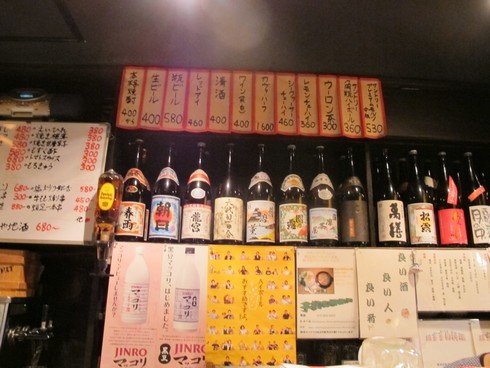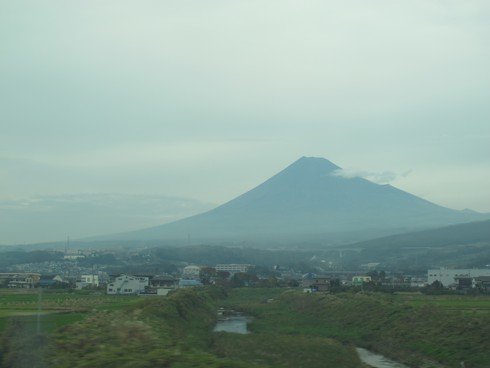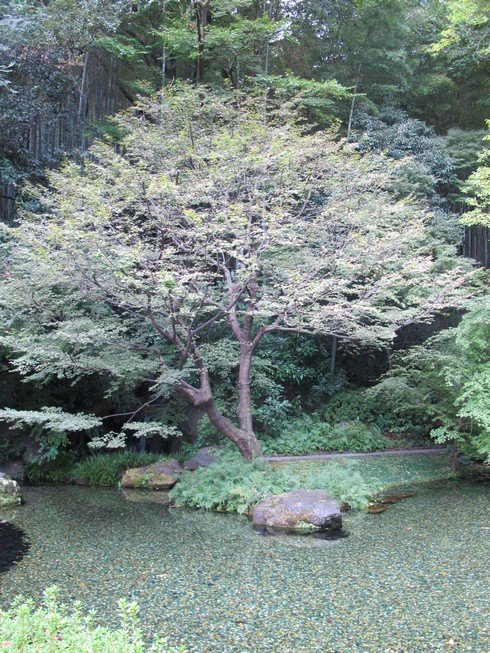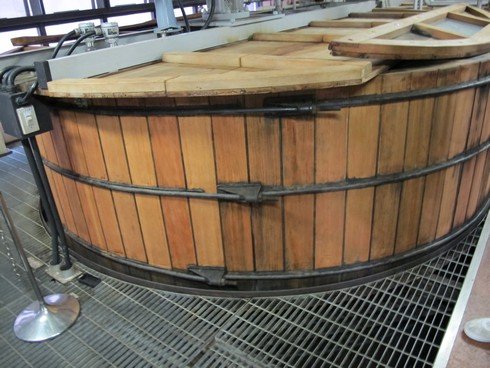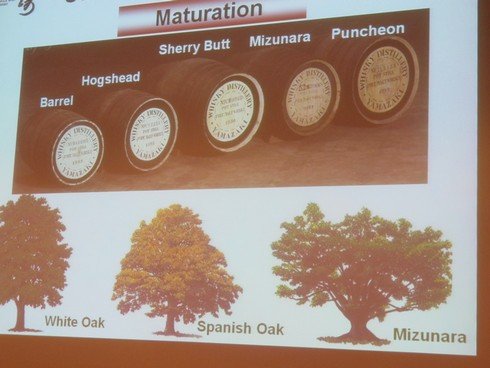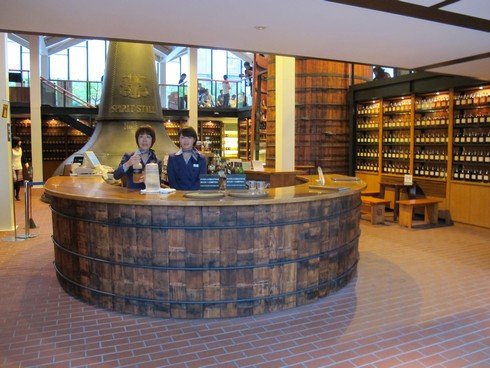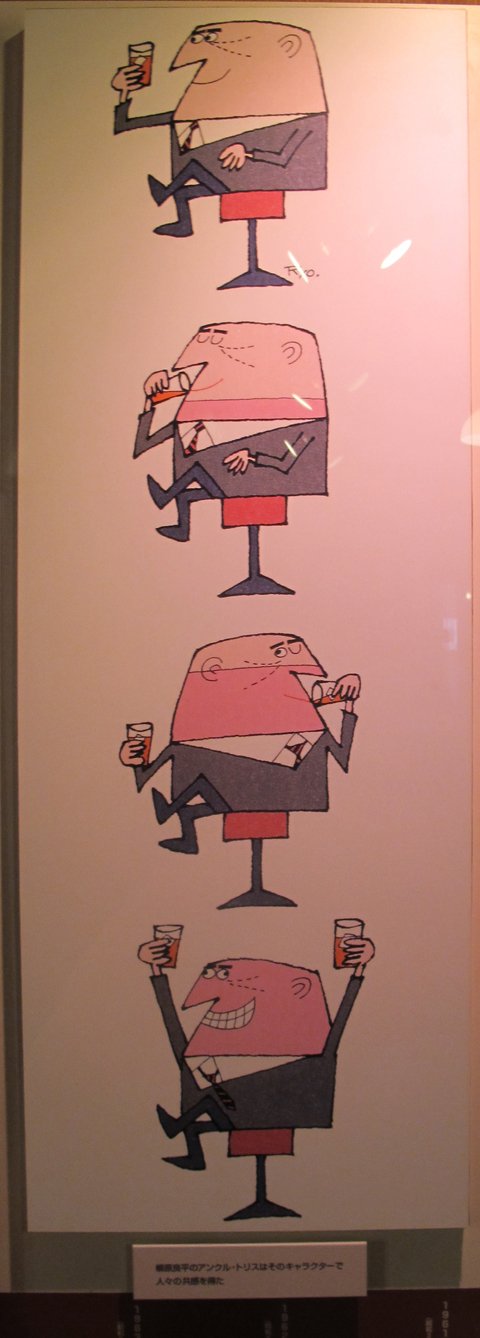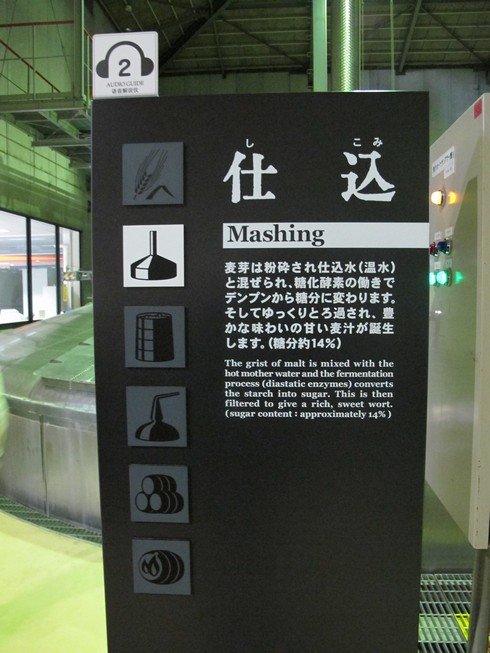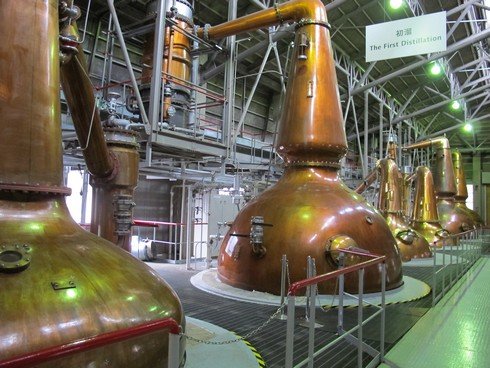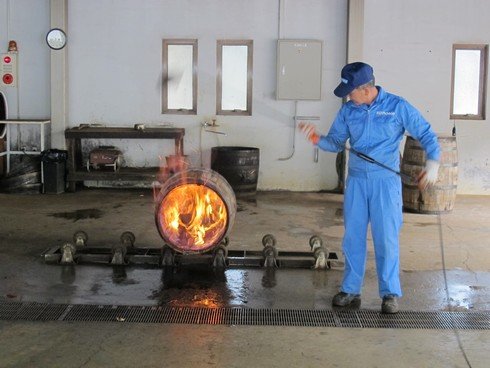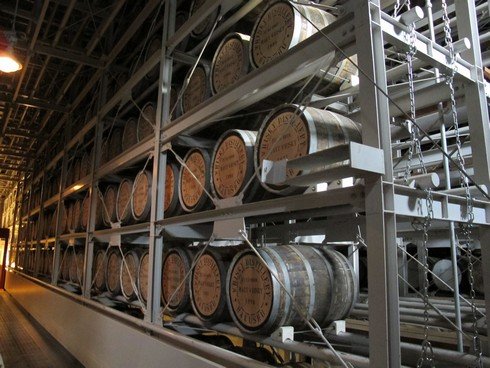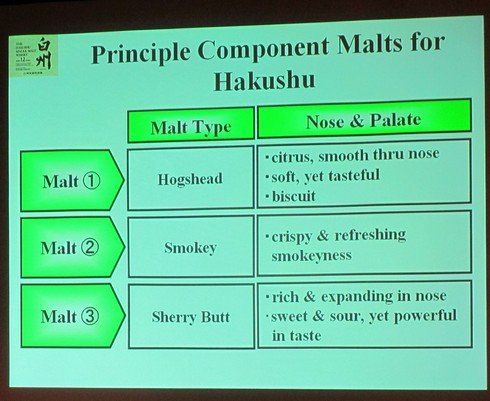On my five-day visit to Japan with Suntory whiskies I hit 21 bars by my count. I am talking about them in groups. Next up: Standing and Highball Bars.
The difference between the various styles of bars is subtle and I'm defining them as I see them. I'll be describing whisky bars, cocktail bars, highball and standing bars, and pubs/clubs/dives. As far as I can tell, highball bars are all standing bars but I'd imagine there are standing bars that don't specialize in highballs.
As you can guess, standing/highball bars are bars in which everyone is standing up drinking at tall tables rather than seated. They are popular after-work bars. Perhaps they're Japanese happy hour bars.
Anyway, in Kyoto we went to a bar called Getto, which is a pretty great name. The bar is as big as a hallway, with lots of traditional Japanese beverages. You stand up the whole time but are essentially leaning against the wall behind you.
There I tried aged awarami, a beverage from Okinawa that is aged in ceramic containers. It tastes like shochu for the most part. A little gamey but nothing special.
I also tried kokutojochu, which is sugar cane schochu fermented with rice mold. Basically, it's Batavia arrack and I wanted to see if it tasted the same. More or less! It was, as expected, completely disgusting, like fermented sweatsocks.
However, the cucumber was awesome.
Gindaka is a highball bar in the Shinjuku area of Tokyo. It's basically a take-out restaurant with one window facing the street and another into a tiny room for standing customers. They have a tap that serves highballs of Yamazaki 10 and Suntory Whisky (a blended whisky sometimes called "koku" which means "box" as the bottle is short and squareish.)
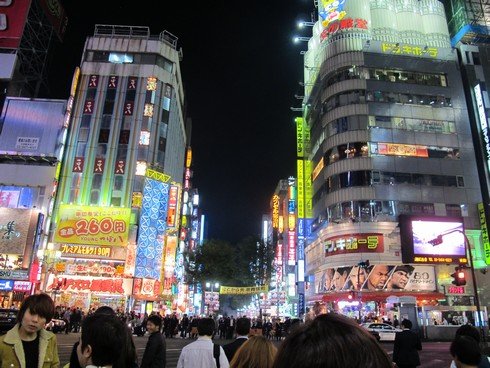
(This is the neighborhood where Gindaka is located. Busy, to say the least.)

(Highballs on tap, with Suntory Premium Malts beer also on tap in the middle.)
When they served us the Koku, it came with a lemon slice, served in a plastic mug. For the Yamazaki 10, they put it in a highball glass. And when we ordered a highball with Hakushu 10 they put it in the same glass with a tiny piece of mint on top. A nice little indicator that you've moved up in your drinking choice.
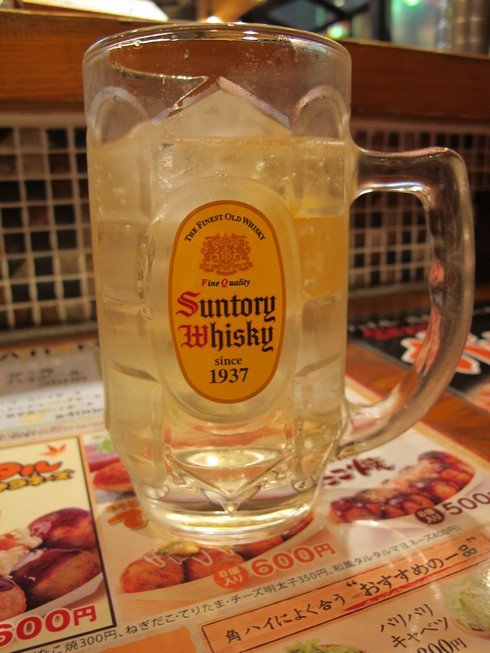
(First drink with Suntory Whisky.)
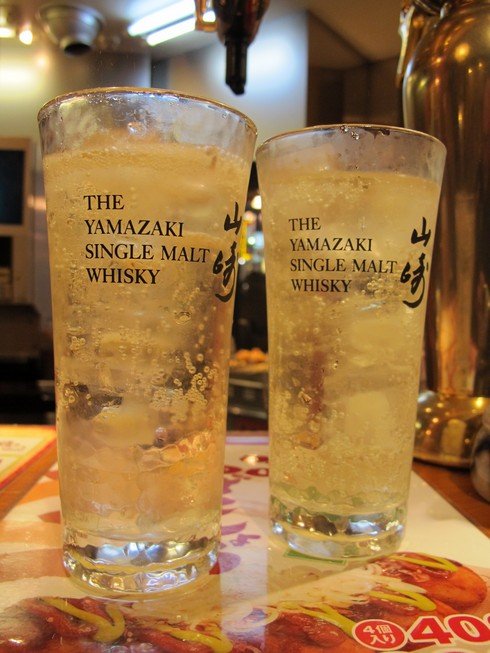
(Second highball, Yamazaki 10 in highball glass.)
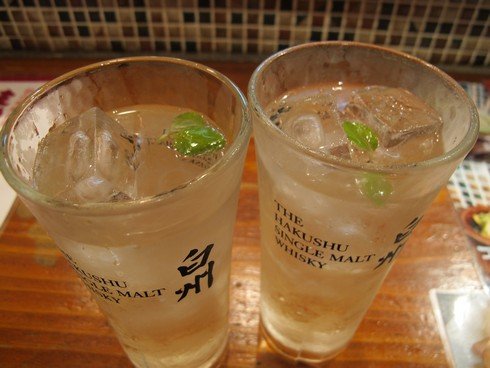
(Hakushu 10 highball, with tiny mint garnish.)
Marugine, my hosts tell me, is the most famous highball bar in Japan. It's what I would call 'regular bar' sized, but with all tall communal tables for standing and eating or drinking.
As this was my sixth bar of the evening, I am a little hazy about any other details.

